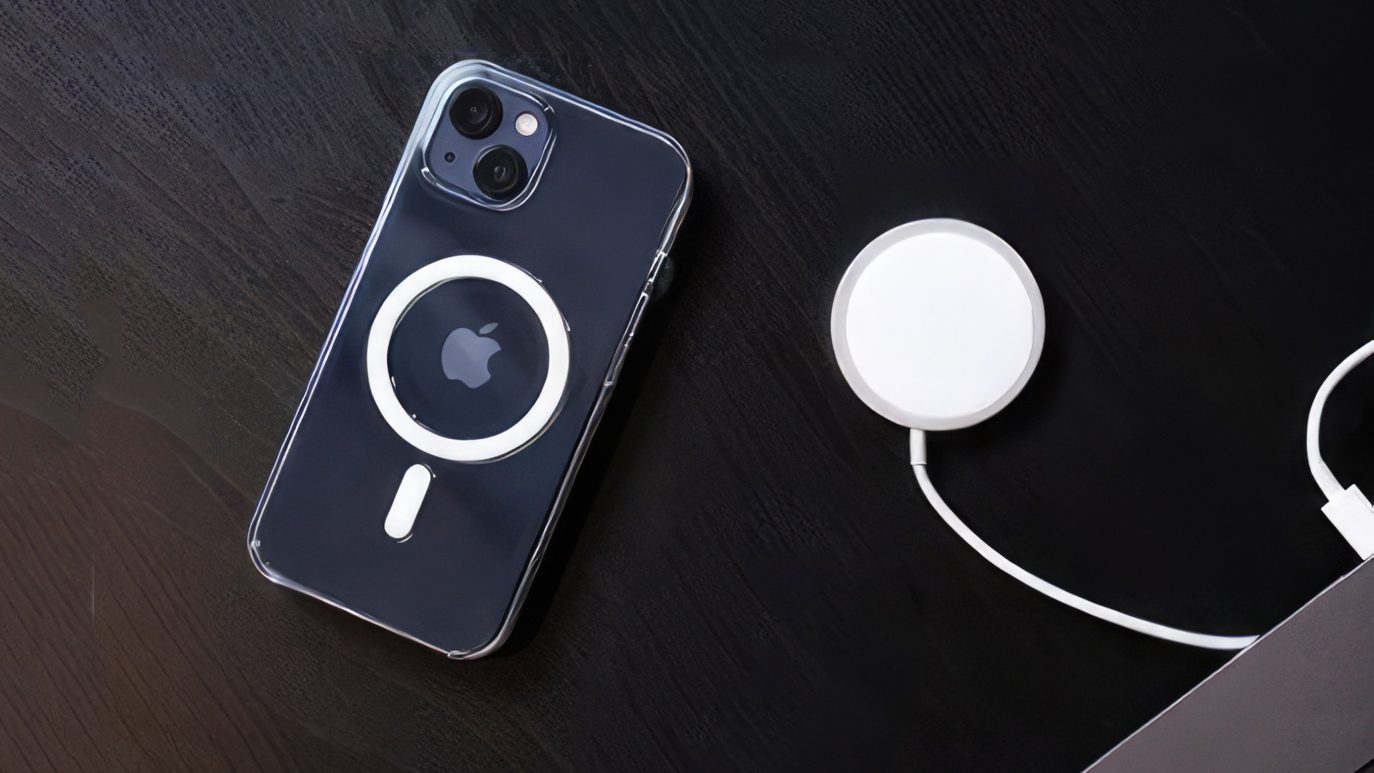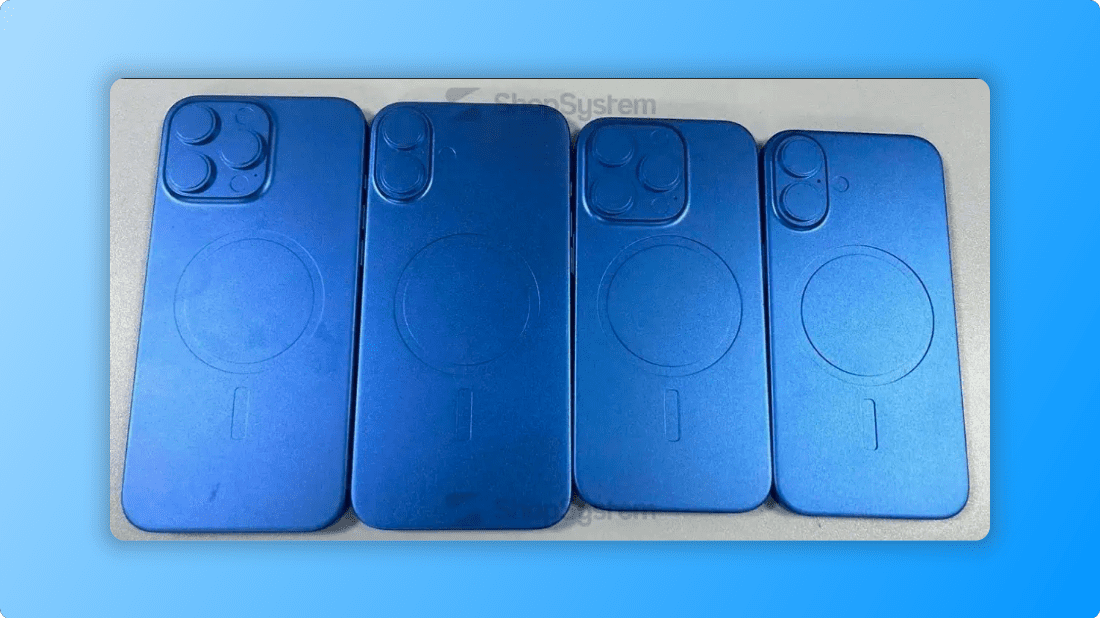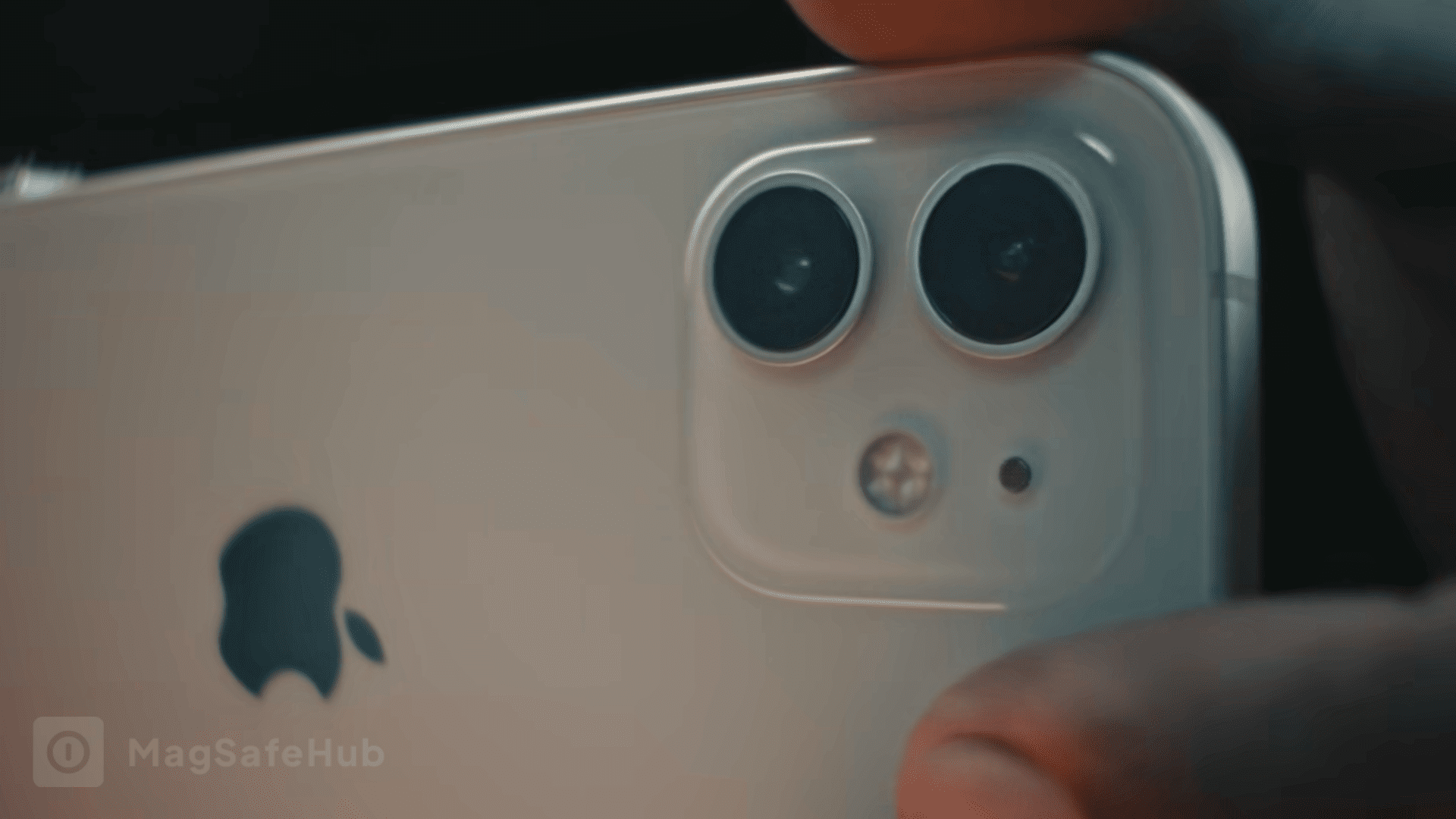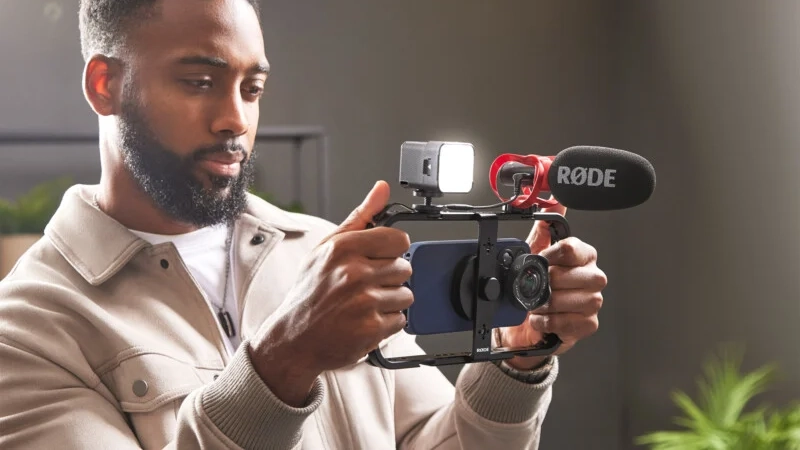Apple’s MagSafe charging system was introduced with the iPhone 12 lineup in 2020. It uses magnets to align the iPhone with a MagSafe charger for optimal wireless charging up to 15W speeds.
Many third-party case manufacturers now offer MagSafe-compatible cases and accessories. These cases have built-in magnets to align with MagSafe chargers.
However, there have been some concerns that MagSafe cases, depending on their design and materials, could potentially interfere with or prevent normal Qi wireless charging. This article examines if and how MagSafe cases can affect wireless charging performance.
TL;DR Most MagSafe cases do not interfere with wireless charging as long as they are less than 3mm thick and not made of metal.
Table of Contents
How MagSafe Charging Works?
MagSafe charging almost seems like magic. The key is magnets – both in the MagSafe charger and MagSafe case. When you bring them close together, they snap into a perfect alignment.
This invisible magnetic force then holds your iPhone in the optimal charging position during charging. Underneath the slick surface, charging coils in your iPhone effortlessly link up with the matching coils in the MagSafe charger.
Power flows between them to charge your iPhone’s battery safely and efficiently. All this happens automatically every time just by simply placing your iPhone on the MagSafe charger, thanks to the brilliant invisible magnets doing their job.
MagSafe works seamlessly when the iPhone charging coils are aligned with the wireless charger coils. The magnets provide consistent alignment for optimal charging speed and efficiency.
What Causes Interference?
However, there are some design factors that can cause MagSafe cases to interfere with wireless charging:
- Case thickness: Very thick cases increase the distance between the phone and charger coils, weakening magnetic alignment and charging efficiency.
- Magnet placement: Magnets placed directly over charging coils can potentially disrupt wireless charging.
- Metal plates: Metal plates or parts in cases can block wireless charging if located near coils.
So, in general, interference depends on MagSafe case design and materials. Well-designed cases avoid these issues.
How to Pick MagSafe Cases?
Here are some tips for choosing a MagSafe case that avoids wireless charging interference:
- Choose a slim profile to keep the phone and charger coils close. Under 3mm of thickness is ideal.
- Avoid large metal plates or parts near charging coils. Plastic or silicone cases are better.
- The case should not fully wrap around the edges of the iPhone to allow unobstructed charging.
Other than that, you must also consider features like magnetic strength, protection level, and compatibility with your phone.
Recommended MagSafe Cases
Here are some examples of MagSafe cases that maintain full wireless charging compatibility:
- Apple Silicone Case with MagSafe: Apple’s official 1mm thin silicone case.
- Pitaka MagEZ Case 2: Aramid fiber case with discreet edge magnets away from coils.
- ESR HaloLock Case: Thin polycarbonate case with distributed edge magnets certified for MagSafe charging.
How to Test Charging with a MagSafe Case?
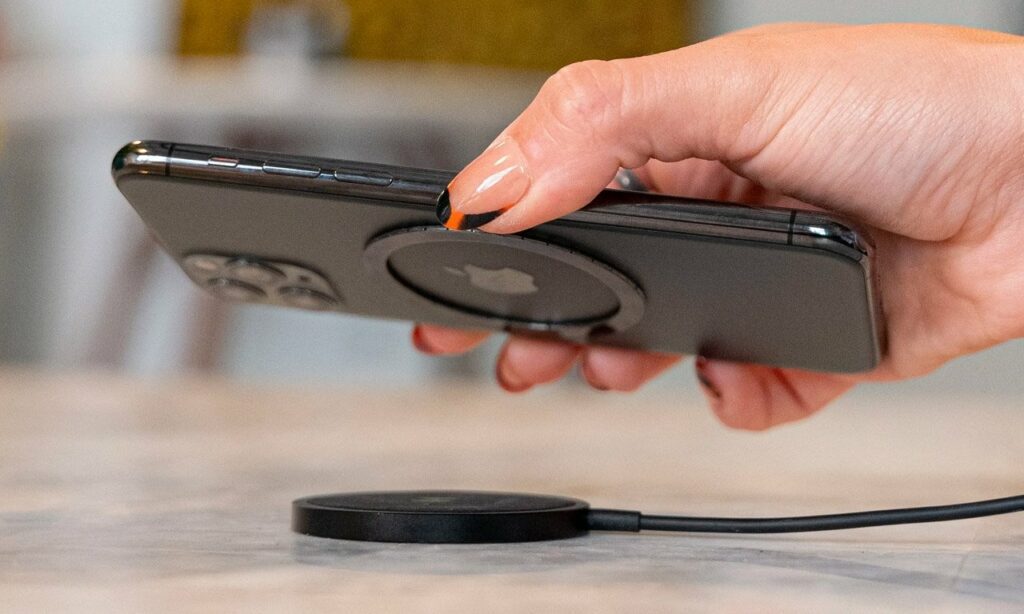
To ensure your MagSafe case works properly with wireless chargers, you can try these tips:
- Try charging first without the case to get the baseline charging speeds.
- Attach the MagSafe case and check for strong magnetic alignment and charging at expected speeds.
- Monitor charging status in the first 10-20 minutes. Slower speeds indicate interference.
- Use multiple chargers, as compatibility may vary. Test flat pad and upright chargers if possible.
- If there are issues, remove the case and try a different MagSafe case that is known to work well.
Conclusion
So, in summary, MagSafe technology can work very effectively alongside wireless charging given properly engineered cases. Make sure to pick a MagSafe case that is thin and doesn’t contain an excessive amount of metal.
Also, look for brands that specifically test and verify MagSafe charging performance. Reading customer reviews is also a good practice to get the best MagSafe case that won’t interfere with the wireless charging.
